Self-regulating heating water cable: installation technology overview
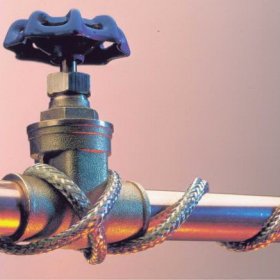
Water pipes lying at shallow depths, as well as passing through unheated parts of the house, need heating. Otherwise, there is a risk of freezing of the water supply during a period of severe cold and the termination of water supply at home. To solve this problem, a special heating cable for water supply is purchased, which is laid in a special way inside the pipes or wound around them. Manufacturers produce products of different lengths (from 2 to 20 meters or more), which allows heating only the part of the water supply system or the entire system located in the freezing zone, which is rising from underground.
How to prepare a heating cable for pipes to connect to the shield can be seen in the video. The method for isolating the second end of the electrical tape to prevent moisture from entering is also explained in detail there. All the necessary consumables and parts are in a special kit, unpacking which begin to prepare the cable for installation.
Content
Self-adjusting cable device
The self-regulating heating cable is produced in the form of a tape electric heater, the parallel conductors of which are separated by a heat-generating semiconductor polymer matrix. An important feature of the matrix, which is the core of the heating cable, is the continuity of heating, which allows:
- to cut the cable in any desired place without fear of the occurrence of cold zones;
- increase / decrease the amount of heat generated depending on changes in the temperature parameters of the environment.
Each section of the self-heating cable is able to adapt to external conditions, and this does not in any way affect the work of its other parts.
Due to the regulation of heat generation for standardized conditions indicated in the name of the cable, the heating system cannot in practice overheat in principle. The presence of two layers of insulation allows you to provide the product:
- dielectric strength;
- protection against abrasion and shock loads;
- moisture resistance;
- protection against chemical compounds.
It is important to note that a resistive cable for heating pipes is a quarter cheaper than self-regulating heating products, but they are more reliable and economical in operation. The fact is that a self-regulating cable can increase power when the temperature decreases, and when it increases, it can automatically turn off.

The scheme of the five-layer design of the heating cable: 1 - copper wires of large cross-section; 2 - self-regulating conductive material; 3 - insulation from a modified polyolefin / fluoropolymer (FS-C-2X); 4 - tinned copper braid for additional protection; 5 - modified polyolefin outer insulation
Choosing the type of cable and calculating its power
Installation of a water supply protection system against interception and freezing allows laying pipes above the level of freezing of the soil. In some cases, deep digging of the pipeline into the ground is impossible for objective reasons. Pipes additionally heated by an electric cable need thermal insulation. This helps to reduce heat loss and economically use the potential of the heating element. The thickness of the insulating material depends on the diameter of the pipes. Recommended values of this parameter are given in the table:
When selecting a heating cable and calculating power, take into account:
- diameter of a water pipe;
- the material from which the pipes are made;
- thermal insulation thickness;
- heat loss of the pipeline, which should completely overlap.
Features of installing a heating system inside the pipeline
This type of installation is chosen if the water pipes are already in operation and freeze in severe frosts. If a self-regulating heating cable is planned to be installed inside a pipe with drinking water, then it is necessary to purchase a product that has a food suitability tolerance. The sheath of these cables is made of fluorine-containing polymer, which is tested for food safety. To introduce the heating cable into the pipe, an oil seal is required.
If brought into the pipe from above, then fixing its position is not required. If the heating element is brought from below, then to prevent its sliding, reliable fixation is required.
To install the heating cable inside the pipe, it is necessary to accurately measure the length of the pipe section in need of heating. It is forbidden to lay the heating cable through the shut-off valves. The installation location of the water heating system is marked with a warning inscription.
All actions when entering the cable into the pipe cavity should be carried out with special care and attention, since damage to its outer shell cannot be allowed. It is better to close the threads on the fittings during installation with the factory tape, as well as other sharp objects.
Methods for fixing the heating cable
1. Along the water pipe, one cable is laid in a straight line.
2. Unlike the first method, several cables are laid along the pipeline in a straight line, parallel to each other.
3. Laying the electric cable is carried out by a wavy line.
4. The cable for heating the water pipes is wrapped around the pipeline in a spiral.
5. Several options for the location of the heating tape on individual elements of the pipeline (valves, elbows, flanges and other sections).
How to fix the heating cable over the pipe?
When installing the heating cable outside the pipeline, make sure that during operation there is no mechanical damage to the outer shell (grinding, compression, crossing over sharp edges, stretching). The power cable is tightly attached to the pipe using aluminum adhesive tape. It is strictly forbidden to use plastic tape instead of aluminum tape.
First, the cable is fixed on a metal pipe using separate segments of aluminum tape located at a distance of 30 cm from each other. Then, over the cable, the same aluminum tape is launched over the entire length, which ensures:
- lack of direct contact with the insulation material;
- strength of attachment to the pipe surface
- large heat sink area.
Before installing the heating cable, it is recommended to cover the plastic pipe with aluminum foil or adhesive tape. This will ensure uniform distribution of heat over the entire surface area of the pipe.
Then, with the same aluminum scotch tape, a sleeve is attached to the pipe connecting the heating section to the lead wire equipped with a plug. The temperature control sensor is placed at an equal distance from the passing cable lines, securing with aluminum adhesive tape.
Important points - note!
Remember:
- Manufacturers advise installing heating cable on water supply elements at temperatures from minus 15 ° C and above.
- The minimum bending diameter of the electric cable is equal to the sum of its six diameters.
- The heating system of pipelines with a cable is equipped with an obligatory UZO (protective shutdown device), which is selected in accordance with the PUE.
- After completion of installation work, the resistance of the heating cable and insulation is checked.
In addition to water pipes, this product is used for heating roofs, drains, sewer pipes, etc. It is better to entrust the selection and installation of cable to professionals who know all the nuances of carrying out such work.
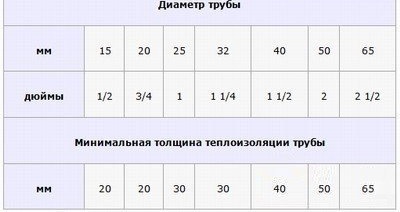
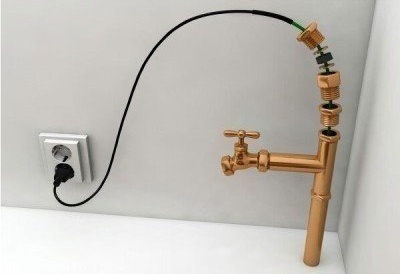
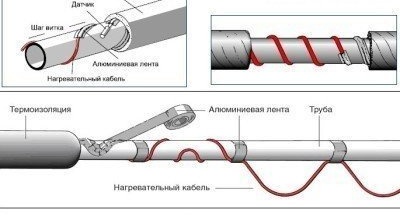
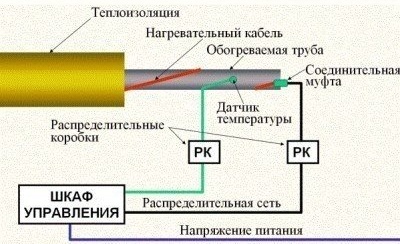
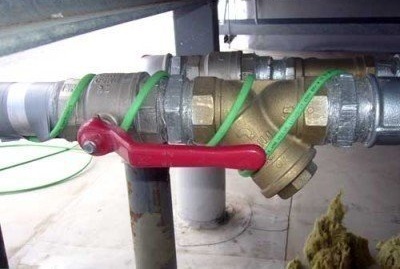
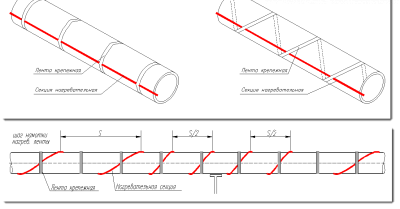
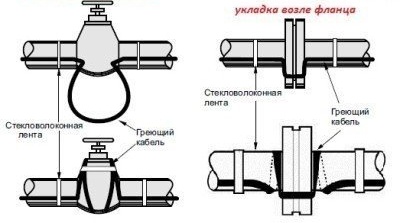
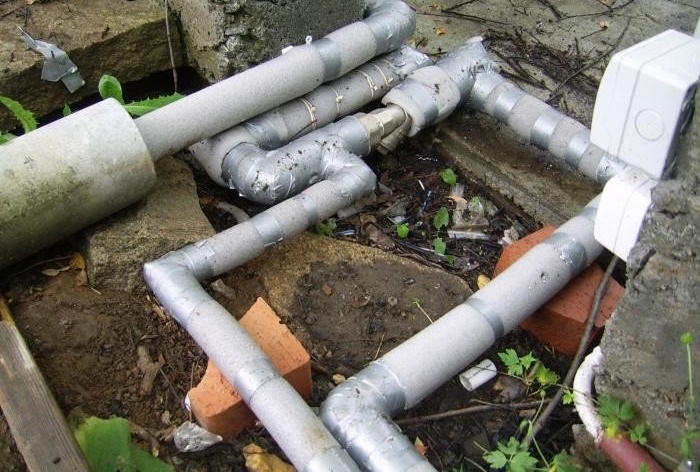
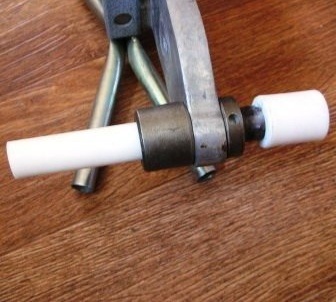

6 comments